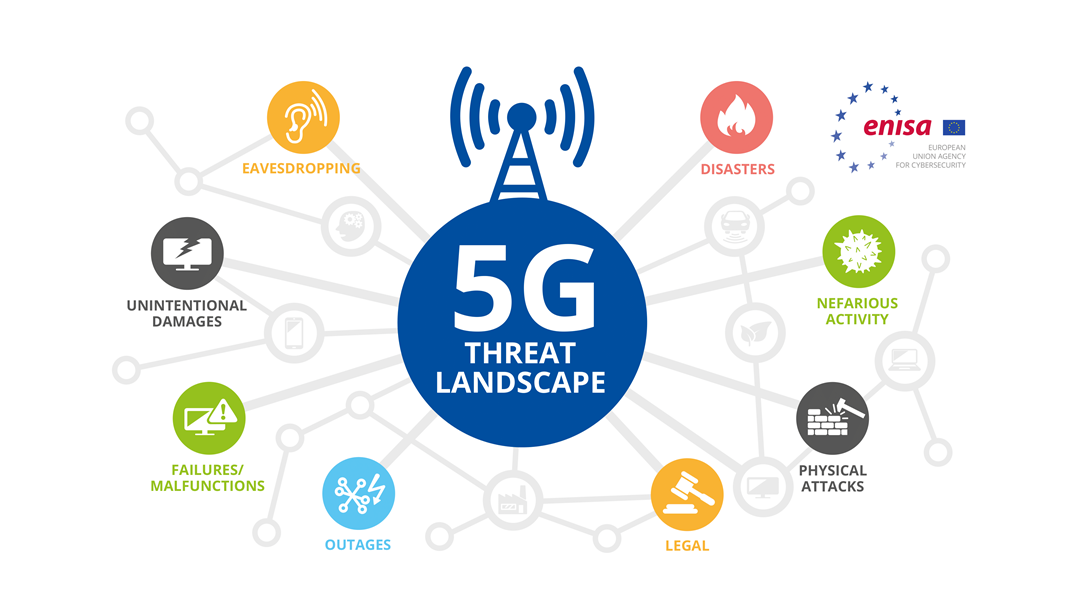How 5G Networks Work?

5G: What is it?
5G, the fifth generation of wireless cellular technology, provides better capacity, more reliable connections, and faster upload and download rates than earlier networks. With far faster and more dependable speeds than the widely used 4G networks at the moment, 5G has the potential to completely change the way we use the internet to access information, social media, and apps.
5G connectivity is expected to be particularly beneficial for technologies that demand very dependable, high-speed data connections, such as self-driving cars, sophisticated gaming apps, and live streaming media. https://enoughinfo.com
How Does 5G Operates?
For better or worse, 4G revolutionized your life if you have a smartphone, which I’m assuming you do. In essence, 4G means that you can carry a fully-connected computer wherever you go, whether it’s to the grocery store or merely the restroom at work.
3G allowed you to send a few text messages and maybe browse the web in an emergency. Your life will become more data-driven with 5G, enhancing your internet experiences in ways you may not have yet imagined. My brain may not be fully prepared for the overload, to be honest. What say you?

What is the difference between 4G and 5G?
The transition from mobile internet to the enormous Internet of Things (IoT) starting in 2019 and 2020 is addressed by the fifth generation of wireless networks.
The primary change between today’s 4G and 4.5G (also known as LTE advanced, LTE-A, LTE+, or 4G+) is that new IoT and critical communication use cases will need a new degree of enhanced performance in addition to data speed gains.
For instance, minimal latency enables real-time interaction for cloud-based services, an essential component for the successful implementation of self-driving automobiles.
In addition, 5G vs 4G implies at least x100 linked devices. 1 million devices across 0.386 square miles, or 1 km2, must be supported by 5G.
It will make it possible to imagine a linked, completely pervasive environment.
That, in a nutshell, is what transformative about it.
An overview of 5G and the earlier mobile generations
More than any other technological advancement in the past 40 years, cell phones have subtly altered our lives for the better.
How much did you cherish your 2G Nokia 3310?
First generation telecom networks, or 1G, came online in 1979 and allowed people to communicate and be mobile.
In 1991, 2G digital networks were introduced, enabling message sending and roaming services.
A improved mobile internet experience was introduced with 3G (1998), but with mixed results.
With 3.5G, the internet became genuinely mobile and the mobile app economy was unleashed.
All-IP services (Voice and Data), a quick broadband internet experience, and unified network topologies and protocols were introduced with 4G (2008) networks.
Beginning in 2009, 4G LTE (Long Term Evolution) increased internet speeds. Although LTE offers a wide range of network coverage, 5G is still in the early stages of deployment.
Beyond mobile internet, 5G networks (2019) extend broadband wireless services to the Internet of Things and important communications sectors.
5G slicing virtual networks customised for every use case.
With the appropriate latency/speed parameters, 5G will accommodate all communication demands from low-power Local Area Networks (LAN), such as residential networks, to Wide Area Networks (WAN).
Today, several communication networks (Wi-Fi, Z-Wave, LoRa, 3G, 4G, etc.) are aggregated to meet this demand.
Which 5G phones are on the market?
To enable 5G, a phone or other piece of hardware cannot simply get a software upgrade on a 4G phone. Specific gear is needed for 5G.
A user has to be in an area with a 5G node within range, have a device that supports 5G, and be using a carrier that supports 5G in order to take use of 5G.
The majority of newly announced phones are designed to support 5G. For instance, all iPhone models 12 and later support 5G, while the Google Pixel 5 and later models also support 5G.
In what ways will 5G network use cases transform society?
5G will enable the “perception” of speed, immediate response time, and IoT performance.
It is expected to alter our world in several ways.
Healthcare: Thanks to 5G’s quick and reliable connectivity, imagine being able to have a doctor’s appointment via a clear video conversation or having surgeons operate remotely with robotic precision.
Smart Cities: As 5G helps control energy use, traffic patterns, and public transportation, city life will become more efficient, leading to cleaner, less congested cities.
Driverless Cars: With 5G’s fast and dependable data transmission capabilities, these cars will be able to talk to one another to reduce traffic and prevent accidents.
Manufacturing: Automation and efficiency in factories will increase. Instantaneous machine-to-machine communication made possible by 5G speeds up manufacturing and lowers error rates.
In farming, sensors can pinpoint when crops require watering or other attention, thereby conserving resources and increasing yields.
Entertainment: Since 5G provides material significantly quicker than previous networks, it will become commonplace to stream movies without buffering and play online games without lag.
Education: 5 G’s fast connection makes it possible for students to engage with complex subjects through augmented reality or do virtual field trips.
Emergency Services: Emergency responders can coordinate more effectively and save more lives if they have faster communication.
Retail: Thanks to 5 G’s capacity to manage massive volumes of data, shopping experiences will be revolutionized with virtual fitting rooms and tailored recommendations.
5G FAQs
What distinguishes 4G from 5G technology?
Higher bandwidth, faster speeds, and reduced latency, or lag time, in device connections are the main distinctions between 4G and 5G. 5G might occasionally utilize less energy, which could lead to a little increase in battery life.
Is 5G accessible where I live?
simplest method to determine whether 5G is accessible where you live is to look up the online 5G coverage map provided by your carrier.
Which states and cities have 5G in place yet?
Some providers do not yet have 5G. Nevertheless, 5G is already accessible in every state through T-Mobile and the recently purchased Sprint, Verizon Wireless has 5G in more than 60 cities, and AT&T has service in more than 14,000 villages and towns. MVNOs and US Cellular both provide 5G. How To Apply AI In Financial Fraud Detection
What distinguishes 4G from 5G technology?
Higher bandwidth, faster speeds, and reduced latency, or lag time, in device connections are the main distinctions between 4G and 5G. 5G might occasionally use less power, so your
Which nations are 5G ready?
Many nations, including the US, Canada, China, and South Korea, have confirmed the rollout of 5G. There are intentions to sell it in other nations.
Is 5G data usage higher?
Although consumers of 5G may use more data due to the faster speeds they experience, 5G does not intrinsically use more data than its predecessors. It is merely wireless technology’s next generation.








